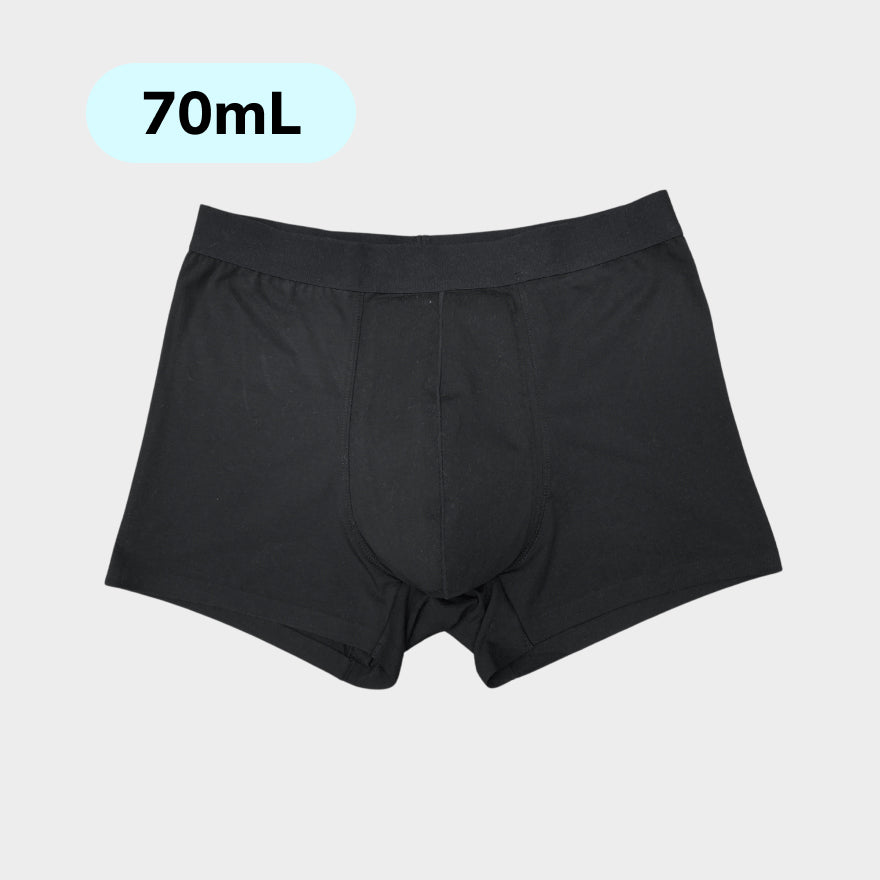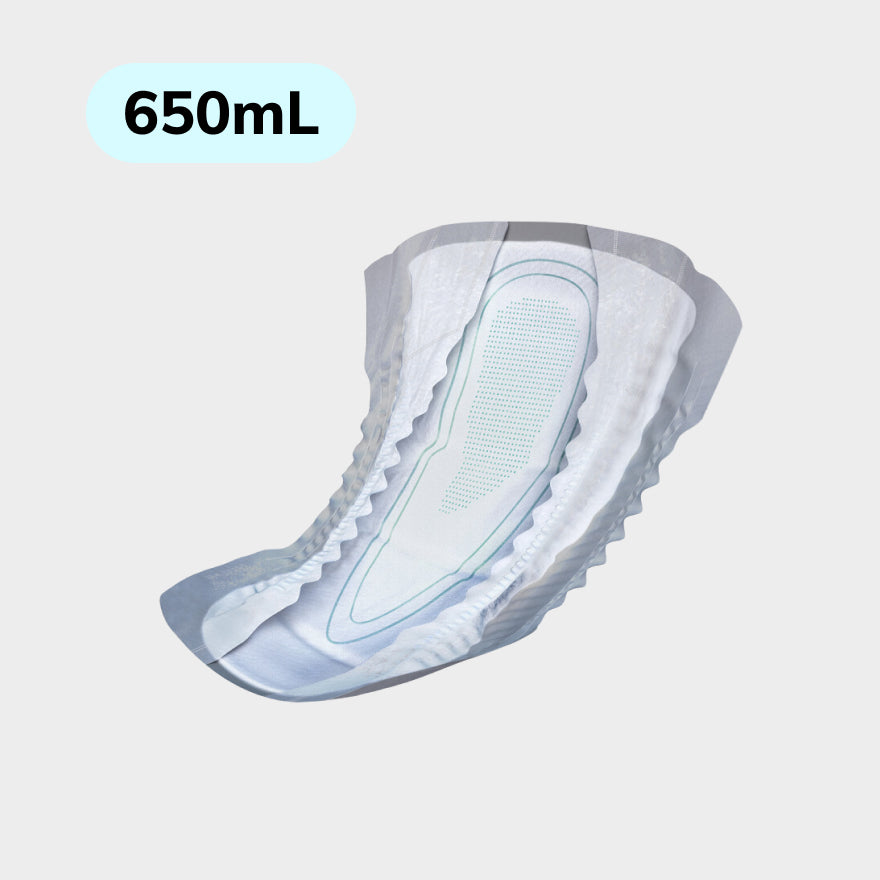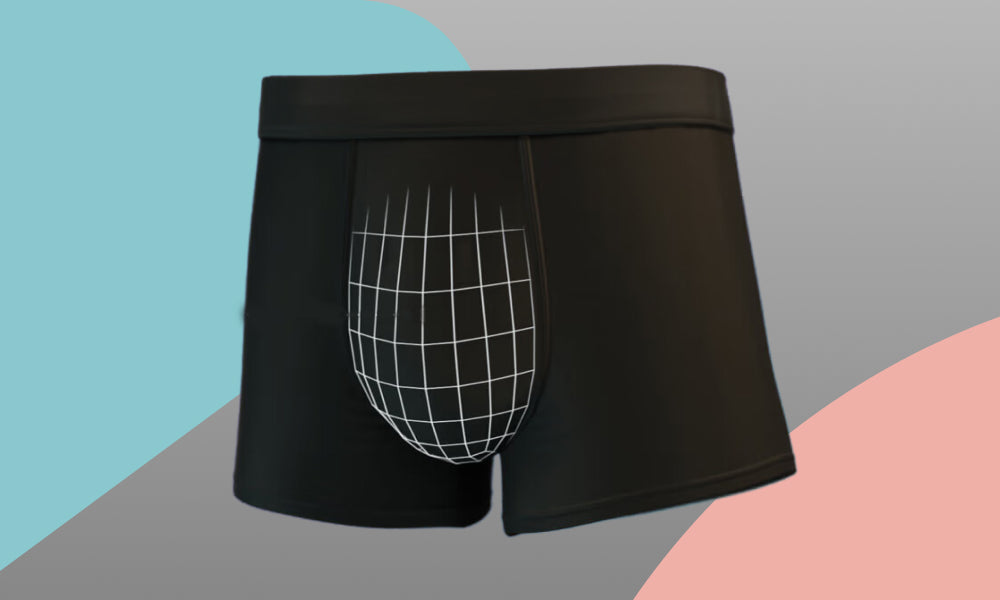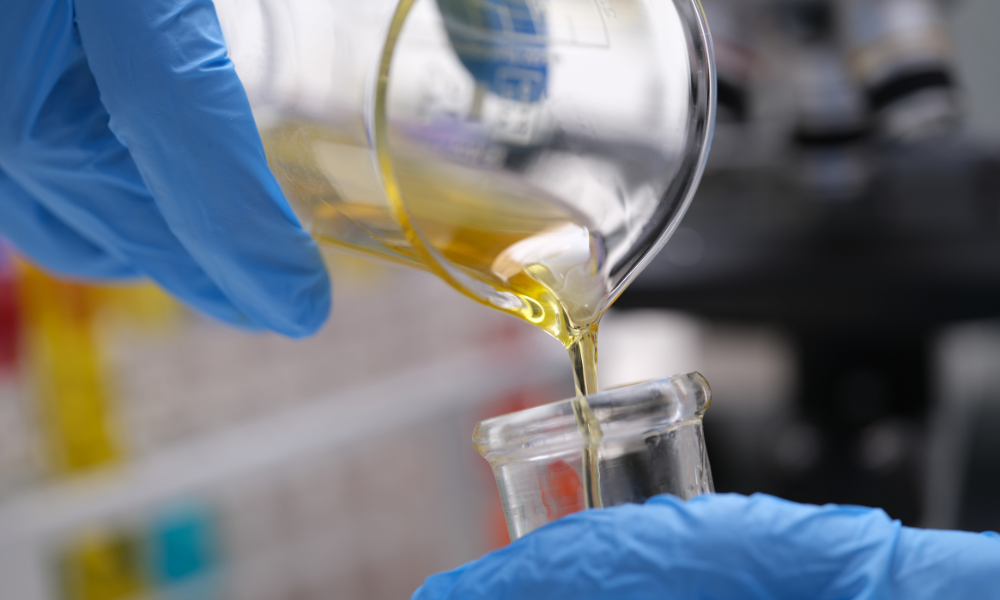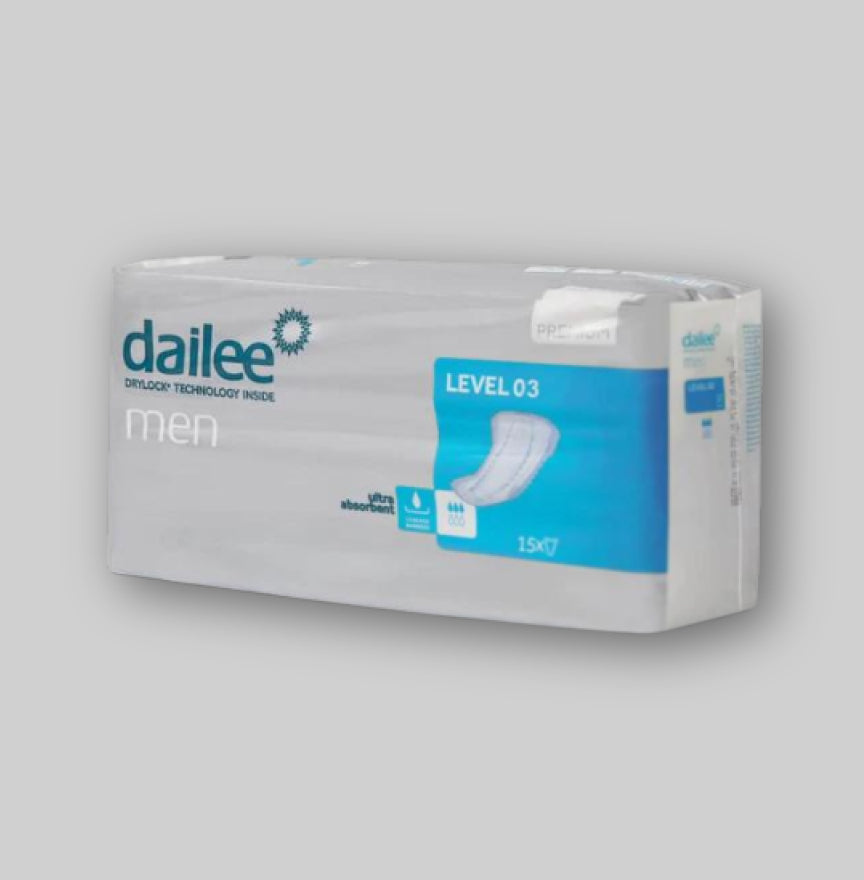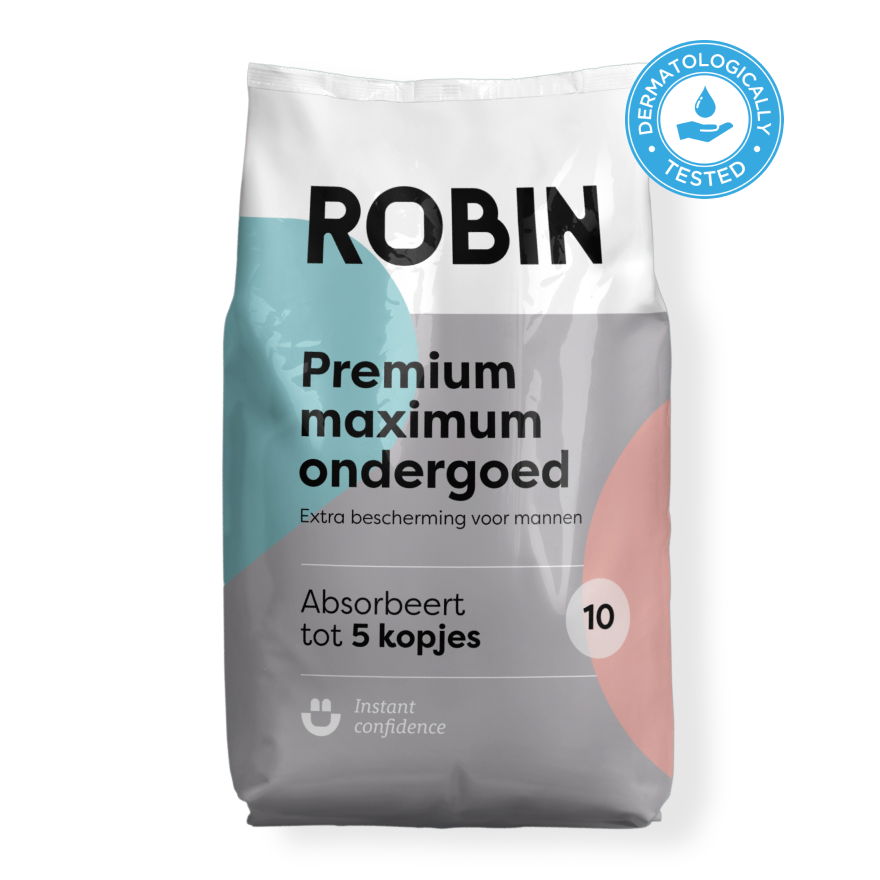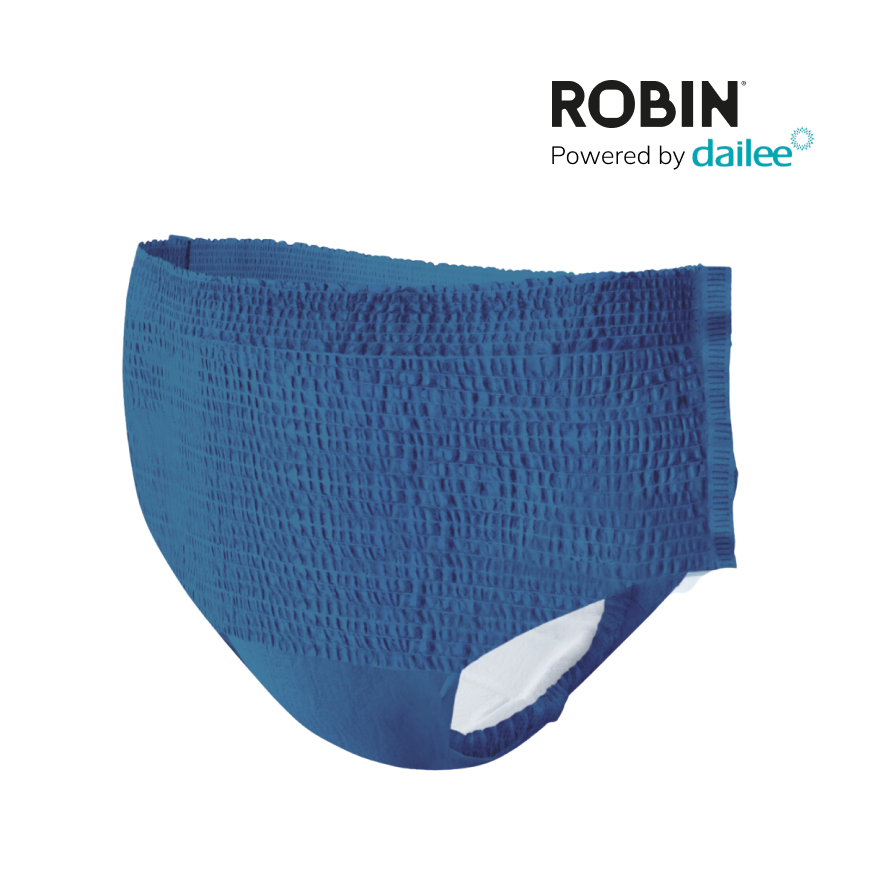If you’re experiencing oily or greasy urine, you may be starting to wonder what’s causing it and whether you should be concerned about this recent change. This article dives into an investigation into 7 common factors that contribute to oily and greasy urine, and sheds light on signs that could point to a more serious underlying problem.
Is Oily and Greasy Urine Normal?
Although variations in urine composition can be attributed to a variety of factors, the presence of oiliness or greasiness may raise questions about its commonness. In general, urine is expected to be clear and free of noticeable oily or greasy substances.
However, occasional abnormalities can be influenced by several factors such as dietary choices, hydration levels, and even specific medications which we will discuss below. Nevertheless, persistent or recurring oily or greasy urine should receive closer attention as it may indicate an underlying health problem.
7 Common Causes of Oily and Greasy Urine
1. Dehydration
Dehydration can manifest itself in a number of ways, and a lesser-known sign is the potential for urine to become oily or greasy. When the body is dehydrated, it responds by conserving water, which results in concentrated urine. This concentration can result in the excretion of substances that may not be as diluted as they should be, potentially giving the urine an oily or greasy appearance.
Inadequate hydration can compromise the kidneys’ ability to effectively filter and eliminate waste products, causing certain substances to accumulate in the urine. As a result, dehydration can contribute to the appearance of oily or fatty urine, as a physiological response that signals the need for increased fluid intake to maintain proper bodily functions and overall health. Learn how to keep your bladder healthy here .
2. Ketosis
Ketosis, a metabolic state characterized by increased production of ketone bodies, can lead to oily or fatty urine. During ketosis, the body shifts from relying on carbohydrates for energy to using stored fat, which leads to the breakdown of fatty acids. As a result, ketones are produced and excreted in urine.
The presence of ketones in the urine, a phenomenon known as ketonuria, can sometimes give the urine an oily or fruity odor. This occurrence is particularly associated with low-carb, high-fat diets, such as the ketogenic diet. Although ketosis is a normal metabolic process, persistent or excessive excretion of ketones may warrant monitoring, as it could indicate an imbalance or inadequate hydration. This may also result in a change in color in the urine.
It is recommended for individuals undergoing ketosis, either through dietary choices or medical conditions, to stay adequately hydrated and seek professional medical guidance for advice on maintaining a healthy metabolic state.

3. Certain Foods
Certain dietary choices can contribute to the development of oily or greasy urine. Consumption of foods high in fats, especially those high in unsaturated fats and omega-3 fatty acids, can lead to an oily or greasy appearance in the urine.
Foods such as oily fish, nuts, seeds, avocados, and olive oil, which are often part of a healthy diet, can sometimes lead to the excretion of oily or fatty substances in the urine. In addition, excessive intake of certain supplements, such as fish oil capsules or omega-3 supplements, can also contribute to this phenomenon.
Although these dietary factors can cause temporary changes in urine composition, it is essential to distinguish between innocent occurrences and possible underlying health problems. Monitoring dietary habits and consulting with health professionals can help individuals better understand the relationship between food choices and urine characteristics.
